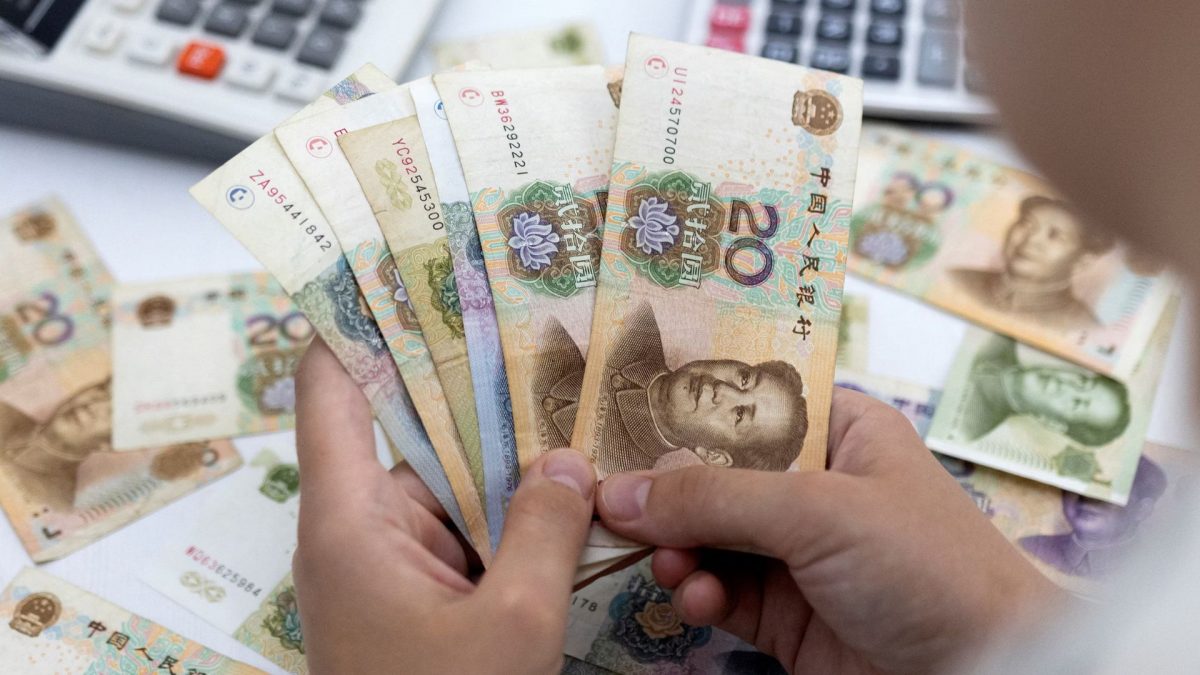The Chinese yuan weakened past the key threshold of 7.3 per dollar on Friday (January 3). The drop marked the first breach of this level since late 2023.
The onshore yuan fell by as much as 0.3 per cent to 7.3174 before recovering some of its losses on Friday. Meanwhile, in overseas trading, the currency declined by 0.2 per cent.
These declines have negatively affected sentiment in other emerging markets. The Taiwan dollar dropped to its lowest level since 2016, and the won erased earlier gains, Bloomberg reported.
The value of the yuan has tanked despite the central bank’s seemingly continued efforts to support the currency. But could there be more to this development than visible to the eye?
Is there a chance that China is letting the yuan tank on purpose?
China’s state-owned banks, a key player in maintaining currency stability, briefly stepped away from selling dollars at the 7.3 level.
The break may indicate that the People’s Bank of China is considering a weaker currency to address rising growth pressures after maintaining stability for over two weeks.
With a weaker yuan, China’s exports are bound to become cheaper, making them more appealing to buyers.
This could balance out moves Beijing had made in 2022, when due to intervention, yuan climbed to the highest against trading partners’ exchange rates, potentially affecting export China’s competitiveness.
Impact Shorts
More ShortsChina’s strategy remains unclear. After that brief halt in selling dollars at the 7.3 level, Chinese state-owned banks did resume the offloading.
The break of 7.3 “in a way is inevitable with continued dollar strength and the relentless fall in domestic government bond yields,” Bloomberg cited Wee Khoon Chong, senior APAC market strategist at BNY as saying. “Risk for dollar-yuan remains on the upside.”
Beijing’s strategy remains opaque, but experts do speculate that the PBOC’s willingness to let the yuan fall hints towards an effort to address domestic growth pressures. While a weaker currency could aid struggling exporters, it may exacerbate challenges in managing capital flows and preserving investor confidence.
)